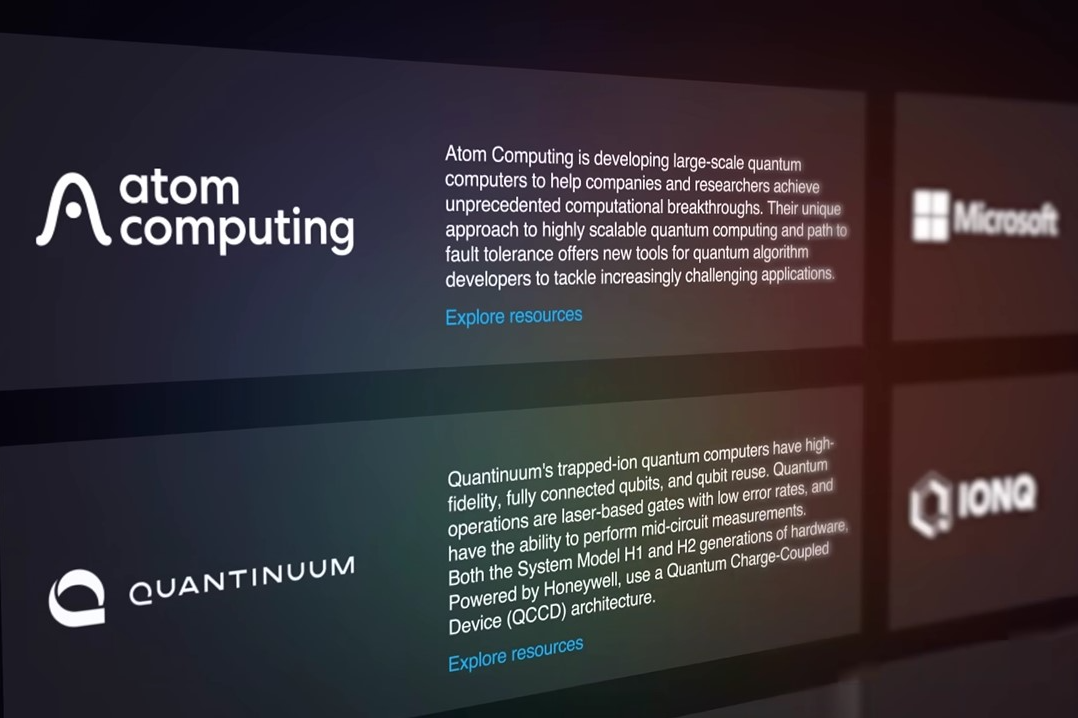2024-11-29

Microsoft and Atom Computing, a
California-based quantum computing startup that builds gate-based quantum
computers using neutral atoms, have announced a significant advancement in
quantum computing by entangling 24 logical qubits using neutral atoms held in
place by lasers.
This achievement represents the largest
number of entangled logical qubits demonstrated to date.
This development is a crucial step
toward fault-tolerant quantum computers, which are essential for practical
applications across various fields, including blockchain technology.
In blockchain networks, proof-of-work
(PoW) mechanisms require miners to solve complex cryptographic puzzles.
Quantum computers have the potential to
perform these computations more efficiently than classical computers,
potentially transforming the landscape of blockchain mining.
While this breakthrough is promising,
experts estimate that achieving quantum systems capable of outperforming
classical mining pools at scale may take another 10 to 50 years.
Nonetheless, the progress made by
Microsoft and Atom Computing indicates a promising acceleration toward
integrating quantum computing into blockchain mining.
In blockchain networks like Bitcoin,
miners solve complex puzzles based on SHA-256 encryption to demonstrate
proof-of-work (PoW).
Quantum computers have the potential to
perform these computations more efficiently than classical computers.
For instance, Grover's algorithm could
theoretically reduce the complexity of breaking SHA-256 encryption to
approximately half the effort required by classical methods.
This quantum speedup could eventually
make quantum systems more cost-effective than traditional mining rigs.
Analysts suggest that a quantum
computer with around 3,000 logical qubits could outperform classical mining
pools in solving PoW puzzles at scale.
While the recent development by
Microsoft and Atom Computing is a step toward this goal, experts estimate that
achieving such capabilities may take another 10 to 50 years.
However, the current progress indicates
a promising acceleration toward integrating quantum computing into blockchain
mining.
Additionally, Microsoft and Atom
Computing plan to bring a 1,000-qubit quantum computer to market in 2025,
further advancing the practical applications of quantum computing in various
fields, including blockchain technology.
In summary, the collaboration between
Microsoft and Atom Computing marks a pivotal advancement in quantum computing,
with the potential to transform blockchain mining by making PoW computations
more efficient and cost-effective.